 Online Since 2001
Online Since 2001
 Online Chat
Online Chat
 Order Before 1pm, DPD Next Day Delivery
Order Before 1pm, DPD Next Day Delivery
 Online Since 2001
Online Since 2001
 Online Chat
Online Chat
 Order Before 1pm, DPD Next Day Delivery
Order Before 1pm, DPD Next Day Delivery
in the Avalanche Basics you will learn the seriousness of avalanches and how to tell the signs of an avalanche area, You will learn the following steps :
1. Avalanches and how they are caused
2. Slab Avalanches
3. How Slab Avalanches are triggered
4. Avalanche Bulletin
WEATHER – A lot of new snow combined with wind and cold temperatures
TERRAIN – Untouched and steep. Probably 30° or more.
SNOWPACK – snow slabs becoming unstable when there is a weak layer in the snowpack.
HUMAN – Even when people are highly motivated, people should always act responsibly and in a predominantly defensive manner.
|
Conditions for Slab Avalanches
|
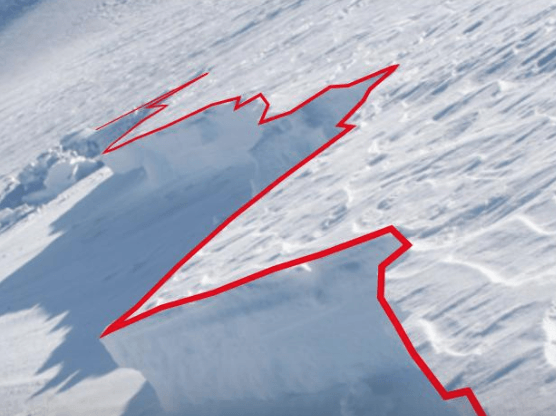 |
In most cases of slab avalanches, snow masses come loose with a linear crack in floes, which suddenly slip down on a sliding layer.
|
Avalanches can be triggered just from the low additional load on the snowpack. 95% of avalanche victims trigger the avalanche in which they are caught themselves. The weight of new snow, rain, warm temperatures or intense sunshine can also lead to avalanches being triggered naturally! |
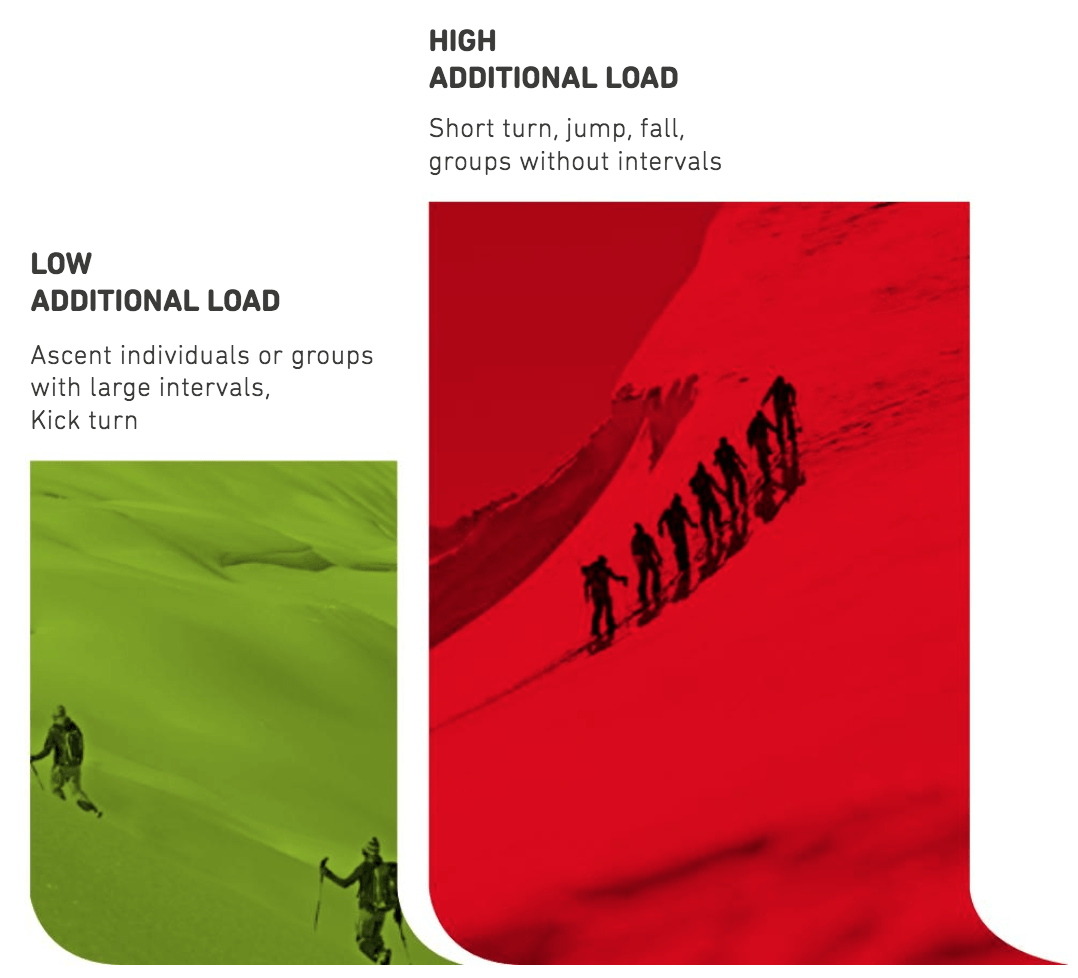 |
Avalanche reports are normally issued every day in the seasonal months (Late September to Late March) and provide data from observers, monitoring stations, snow section recordings and local experts. Just looking at the danger level is not enough.
The avalanche bulletin contains all the relevant information about the weather, snow cover, assessment of the avalanche risk (danger areas, additional load, trigger probability) and a forecast of the expected development
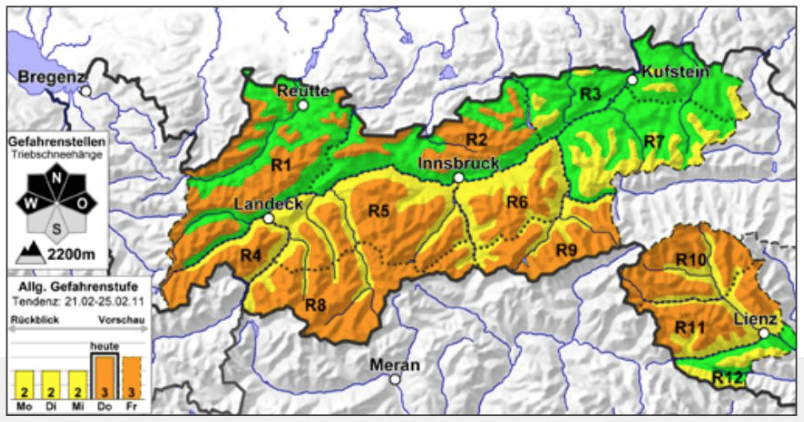
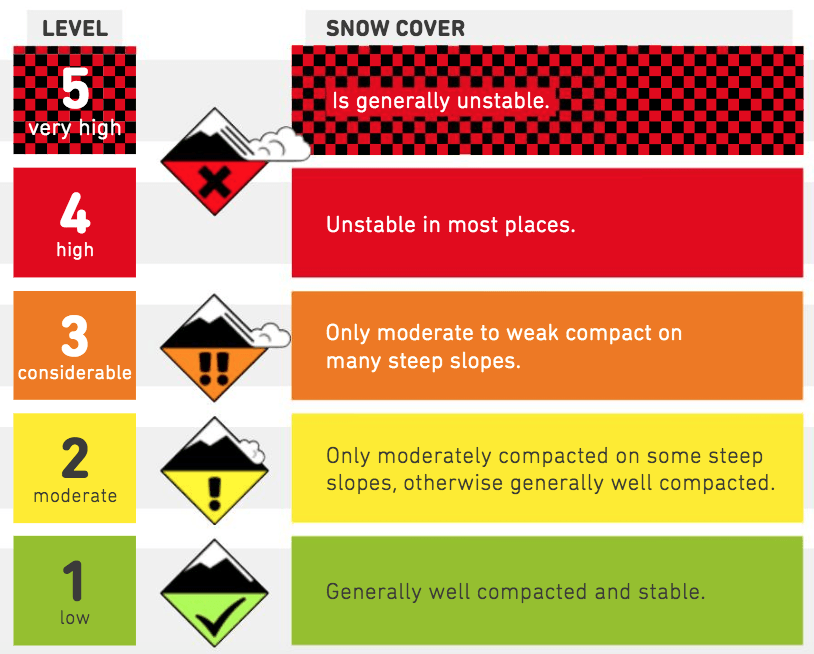 |
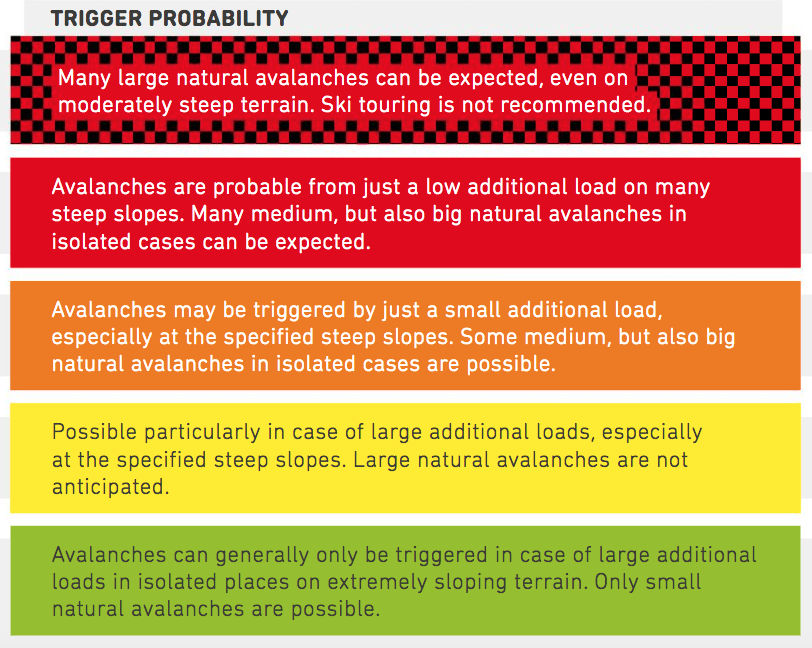 |
Please click the image tabs below to find out more about our Snowsafe Avalanche Safety Centre
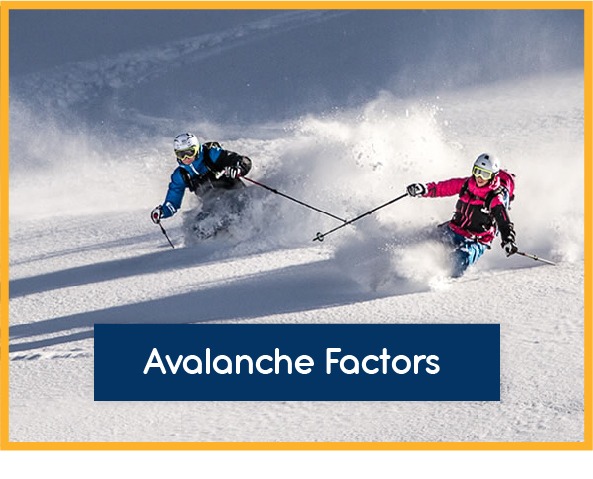 |
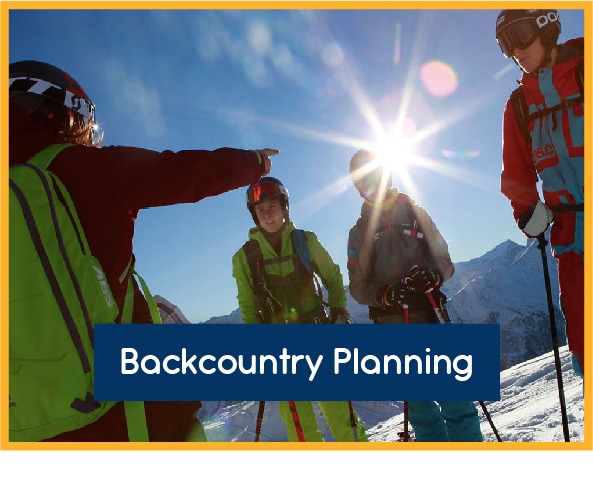 |
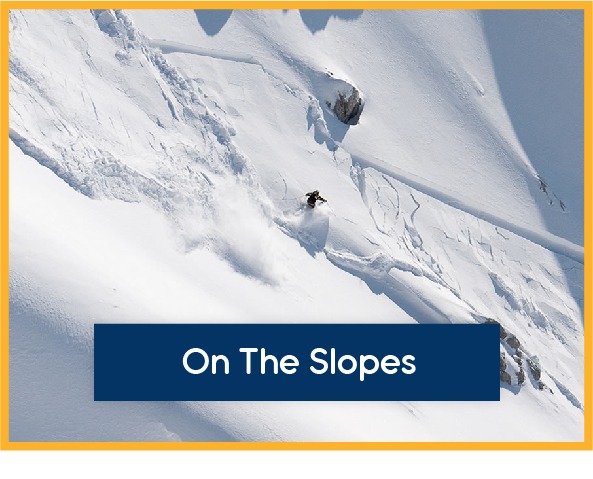 |
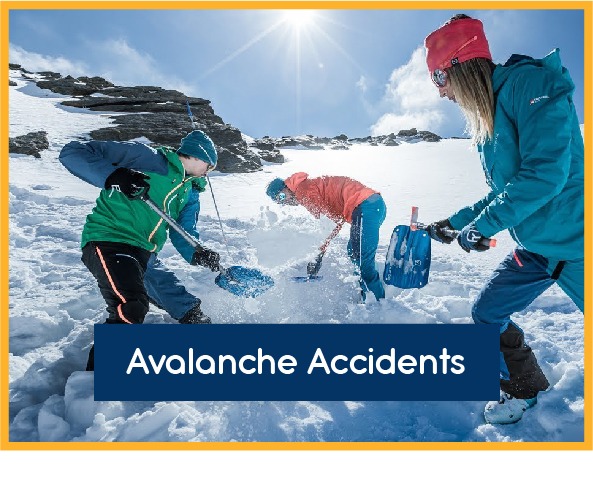 |